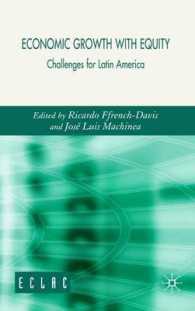Description
Resonating with contemporary ecological and queer theory, this book pioneers the theorization of the Victorian idyll, establishing its nature, lineaments, and significance as a formal mode widely practised in nineteenth-century British culture across media and genre.
Chapters trace the Victorian idyll’s emergence in the 1830s, its flourishing in the 1860s, and its evolution up to the century’s close, drawing attention to the radicalism of idyllic experiments with pictorial, photographic, dramatic, literary, and poetic form in the work of canonical and lesser-known figures. Approaching the idyll through three intersecting categories—subject, ecology, and form—this book remaps Victorian culture, reshaping thinking about artistic form in the nineteenth century, and recalibrating accepted chronologies. In the representations by a host of Victorian artists and writers engaging with other-than-human forms, and in the natures of the subjectivities animated by these encounters, we find versions of Victorian ecology providing provocative imaginative material for ecocritics, scholars, writers, and artists today.
This book will be of interest to scholars working in art history, English literature, Victorian studies, British history, queer and trans* theory, musicology, and ecocriticism, and will enliven debates pertaining to the environmental across periods.
Table of Contents
Foreword Introduction 1. Idyll as Refuge: The Settler’s Dream 2. ‘Cutting So “Sweetly”’: Idyllist Wood Engravings and the Lost Boxwood Forests 3. Multicolour as Disavowal: The Racial Politics of the Nineteenth-Century Idyll 4. John Addington Symonds’s Theocritus and the Homoerotic Idyll in Sicily 5. Ancient and Modern: Attention and Environmental Change in the Victorian Pictorial Idyll 6. Queer Pastoral Soundscapes and the Idyllic Voice: Vernon Lee, A. Mary F. Robinson, and Lady Archibald Campbell 7. Plant Subjects, Plant Erotics: Julia Margaret Cameron’s Creeping Idyll 8. Wondrous Transformation in Dante Gabriel Rossetti’s La Ghirlandata








